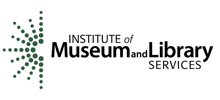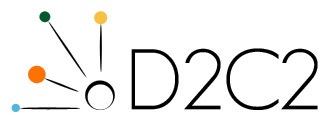Aims & Scope
Purpose
Data Curation Profiles are designed to capture requirements for specific data generated by a researcher as articulated by the researcher him or herself. They are also intended to enable librarians and others to make informed decisions in working with data of this form, from this research area or sub-discipline. Data Curation Profiles employ a standardized set of fields to enable comparison. They are also designed to be flexible enough for use in any domain or discipline.
By sharing Data Curation Profiles, the Directory aims to help the library/information sciences field better understand the issues and needs in working with research data. Data curation has been identified as an important area for librarians and other information professionals to pursue, however there are few mechanisms available to inform where and how librarians could get involved at a practical level. By sharing their completed Profiles with others, contributors to the Directory provide real-world examples at the ground level that can help inform the directions of the library field, and shape the development of data services at individual libraries.
Publication through the Directory is also a means for individual librarians/information scientists to gain recognition for their work in developing a Data Curation Profile and raise the visibility of their institutions in an area of emerging importance in the library and information fields.
What can a Data Curation Profile be used for?
At an individual level, the Data Curation Profile:
- Provides a structure for conducting a data interview between an information professional and a researcher or research group.
- Provides a means for a researcher or a research group to thoughtfully consider their needs for the data beyond its immediate use.
At an institutional level, the Data Curation Profile:
- Can serve as a foundational document to guide the management and/or curation of a particular data set.
- Can be shared with staff providing data services and others to inform them of the researcher's needs and ensure that everyone is on the same page.
- May be used to inform the development of data services to be offered by the institution, as well as to help identify the types of tools, infrastructure, and responsibilities for data services staff.
At the broadest level, the Data Curation Profile:
- May be used by others as a guide in developing data services at their own institutions.
- May be used as objects of research to further a better understanding of data types that researchers want or need to share, curate or preserve as well as the needs of researchers in doing so.


